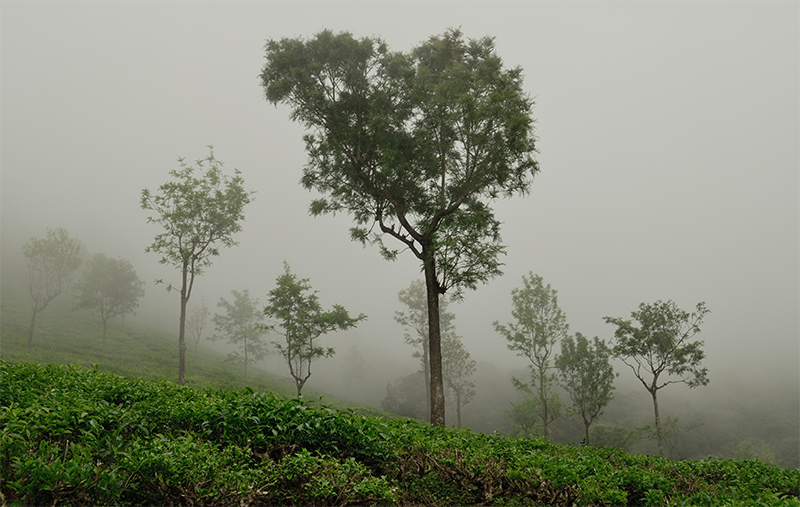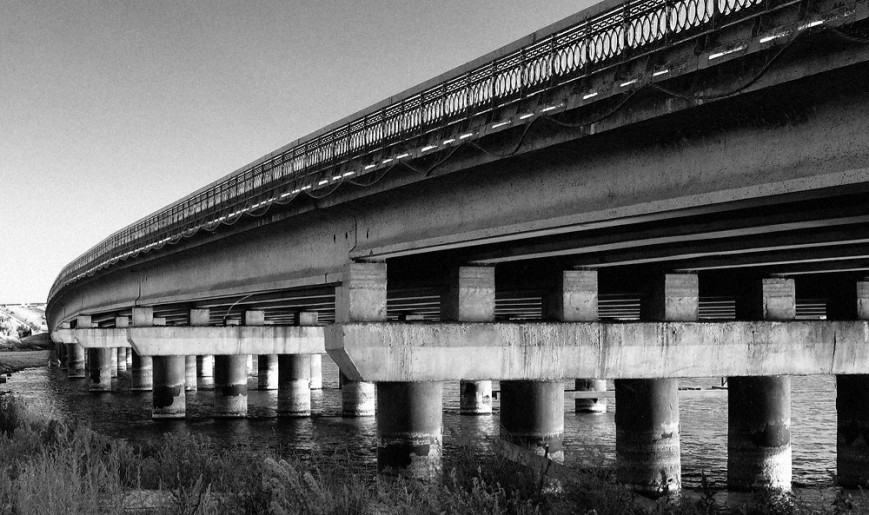Yesterday, over a cup of hot coffee, a reporter took a short interview of mine. Her questions were meant for her own audience but she was kind enough to hand me the transcription of the interview. (I have edited the manuscript to adapt it for this site) Here are some of those questions and answers.

Q: Which camera should I buy? – Nikon vs Canon debate
Ans: I have tried answering this earlier here – Nikon or Canon?. The crux of the matter is that it does not matter. My advice is to look at the availability of lenses and accessories. Next, check the location of the nearest authorized service center. Once you know your brand, find a model that suits you. Most people do it wrong. They start with specifications and model names and then try to find seemingly equivalent models from different brands. Avoid that and base your decision on the local market presence.
Q: I want to have beautiful photographs, which phone should I buy?
Ans: A phone is for communications. A camera is for photographs. That’s it. If you want to buy a device for photography, buy a camera and not a phone. Phones can be used for photography and some recent phones have very nice cameras and processing algorithms but they are still phones, however ‘smart’ they may be. Do see this article if you want to keep on using your phone for photography – Phone camera for photography.
My suggestion – buy a camera if you want to do serious photography. Buy a phone with a good camera if you just want to capture some snapshots or indulge in photography to the extent of sharing them with your friends.
Q: If the photographs are made by photographers and not the cameras, then why do photographers use such expensive cameras?
Ans: This is a very interesting scenario. The first thing to clarify is what you have very correctly stated. Photographs are indeed created by photographers and cameras are just tools. Now what happens is that since most photographers know their basics so well, they prefer to have a complete control over things. This translates to cameras which are expensive. If a good photographer is given a compact camera and told to use that, the results will be better than when the same camera will be used by a simple consumer. So the photographer makes the whole difference. We call cameras as tools which are used in making images. A photographer simply prefers more capable tools.
Since these advanced cameras have more controls, there are all the more chances of things going wrong in the hands of a person who doesn’t know how to use them. The result is the modes like Program, Auto and various other similar modes with icons to mitigate those problems. So, now the consumers end up purchasing expensive cameras but produce just average photographs. The winners are the camera companies who have been able to convince the masses to buy expensive cameras regardless of the person’s own interest or capabilities.
Q: Can I use a lens made for full frame on a crop sensor?
Ans: Yes, why not? The camera has to support the lens. There are advantages and disadvantages to this approach. First the advantages – the lenses are compatible with the so called ‘full-frame’ sensors too and so in case the user moves to a full frame camera, the same lens can be used. Another advantage is that even the average lenses meant for full frame can work exceptionally well with the crop sensor cameras. This is due to the fact that the crop sensor cameras discard the outer part of the image circle, which in most average lenses is where the problems like aberrations, vignetting are more prominent.
Disadvantages with such an approach are – the higher cost of acquisition in most cases and also the heavier weight of the lens. Another theoretical disadvantage is that these lenses create a larger than the required image circle. The extra light gets reflected from the innards of the camera. Though the surfaces are finished in matt black, this extra light still has chances of getting reflected back to the sensor, reducing the image contrast and sharpness.
The photograph in the beginning of this article was captured on a full-frame lens on a crop sensor DSLR.
Related article to this topic – Full Frame or Crop Sensor?

(Another photograph with a Nikkor 18-35mm lens made for full sensor camera, used on a Nikon D200, a crop sensor DSLR)
Q: Why do you use average/mid-range cameras and not the ones on the top of the line?
Ans: I can’t afford them. My dream cameras are too expensive for me to purchase. Even if I purchase them, I don’t think that they will contribute significantly to improving my photographs. After all, my photographs are going to be as good as I can click them. Even if I could afford the top of the line cameras, I feel that I won’t be able to create any better photographs using them.
Q: Which in your opinion are the top three DSLRs and top three mobile phones for photography at present?
Ans: Like I had said initially over the phone, I am not the right person to be interviewed for a consumer goods magazine. The latest models from any camera manufacturer should be the best DSLRs. After all they incorporate the latest technological innovations. I really can’t name any specific camera models. I start searching a new model when I myself need a new camera. I rarely read your magazine and I don’t really keep up with the new models that keep appearing in the market. Same goes for mobile phones too.
The interview manuscript had many other questions too. I’ll post a link to the complete interview when it appears on their online site.

Which phone do you use?
LikeLike
I use Apple iPhone 5s. It fits in my pocket well. If I understand the reason for your question well then let me assure you, I have never bought any phone for its camera functionality.
LikeLike